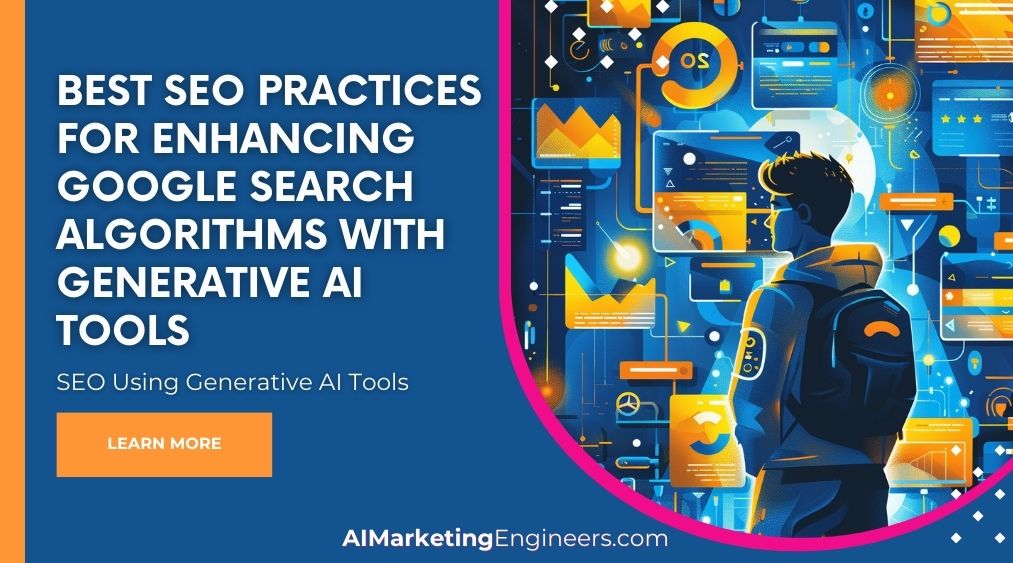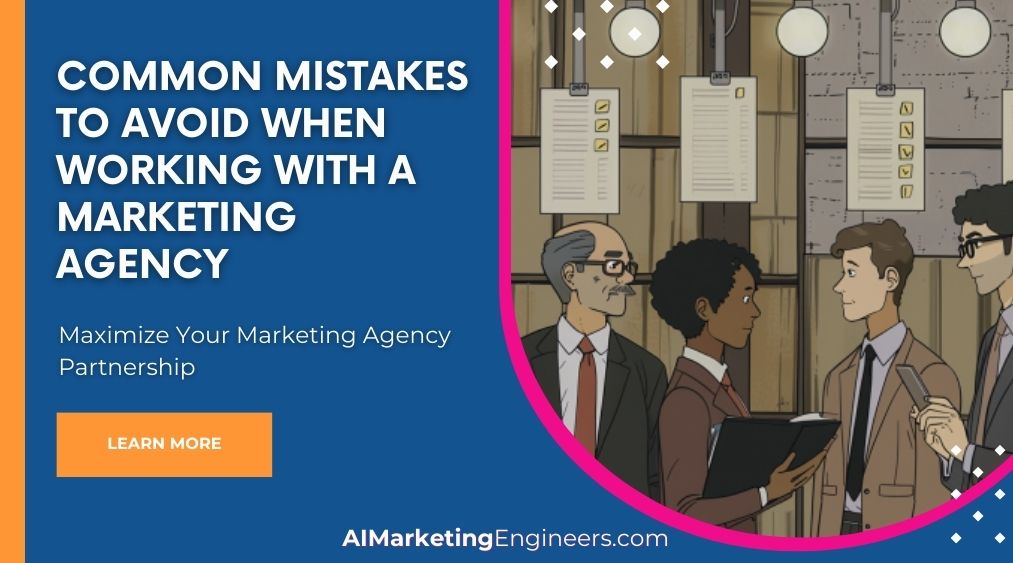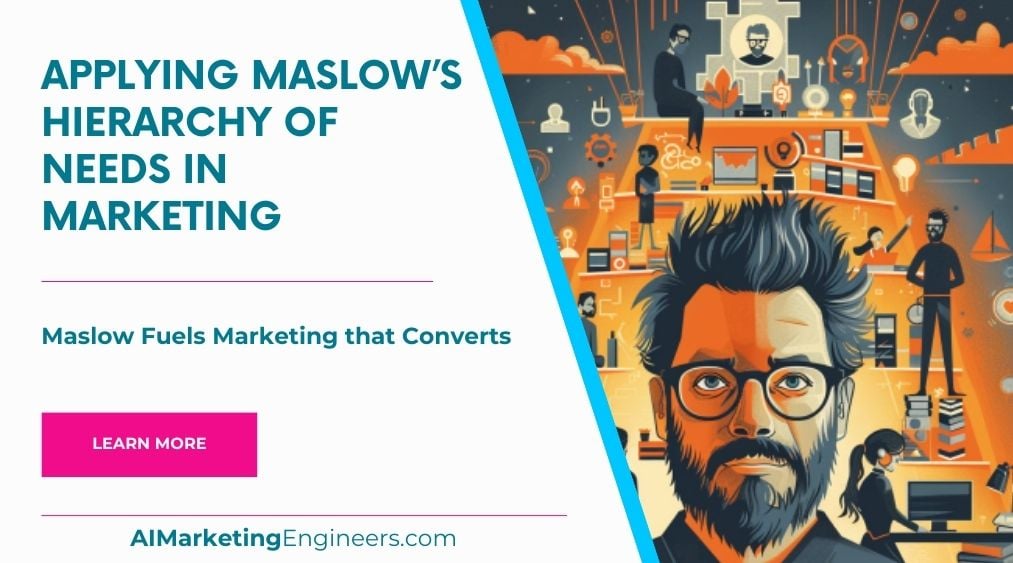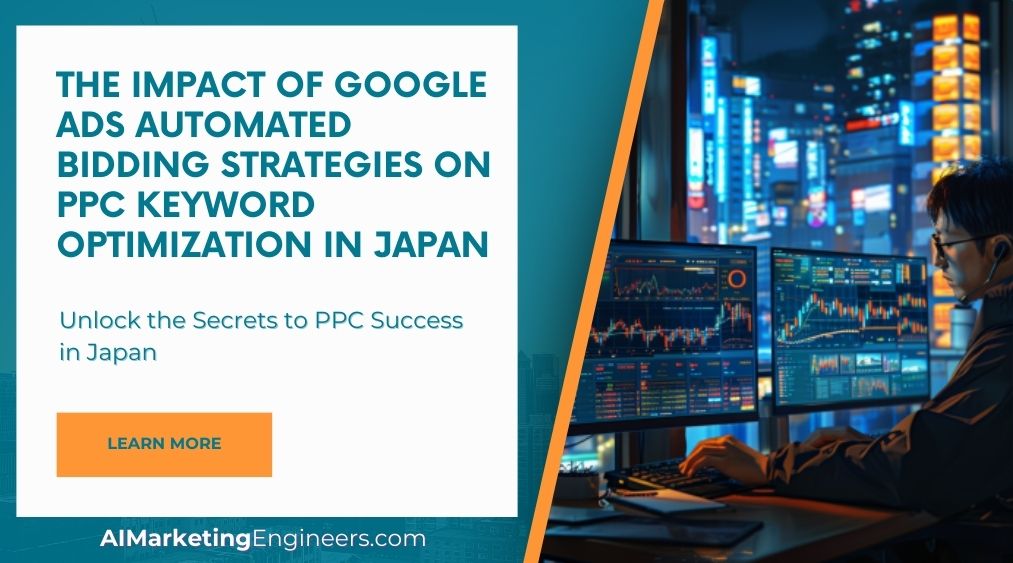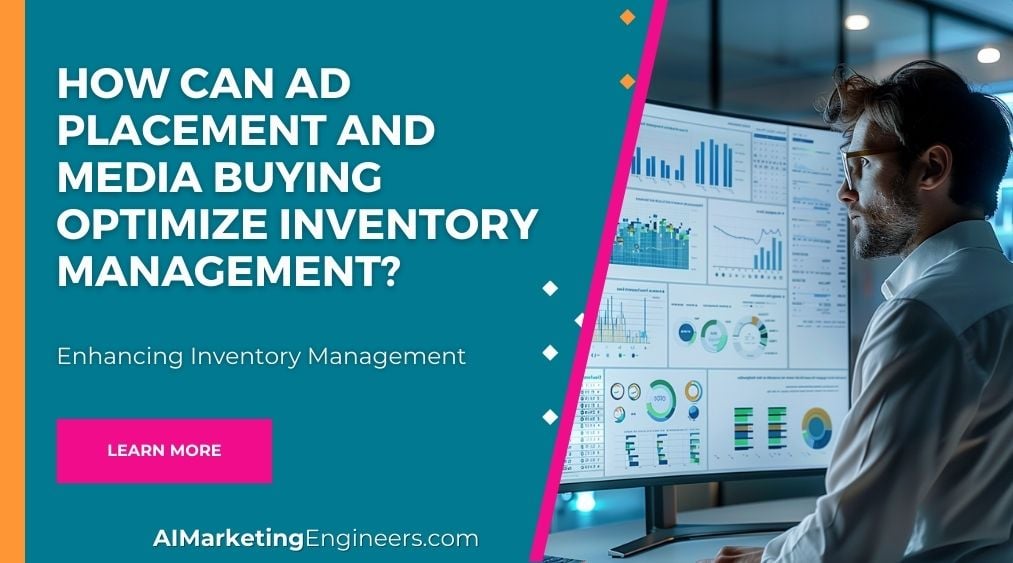Key Takeaways
✅ Conversion Rates and Industry Benchmarks: Did you know that the average conversion rate hovers around 2.9%, but this number changes when you start looking at specific industries? For instance, professional services stand tall with higher rates. Knowing these numbers can help you chart a clearer path to conversion success.
✅ Leading the Lead Race: Recognizing a good lead can be the game changer for your sales. Those who show true interest and interact with your content – we're talking about Marketing Qualified Leads (MQLs) and even better, Sales Qualified Leads (SQLs) – are the stars that are probably just a step away from a sale.
✅ Content that Converts: Believe it or not, the right kind of content can make a world of difference in driving up your conversion rates. From testimonials to interactive pieces, knowing what to put out there can not only pull visitors in but can convince them to stay, engage, and convert.
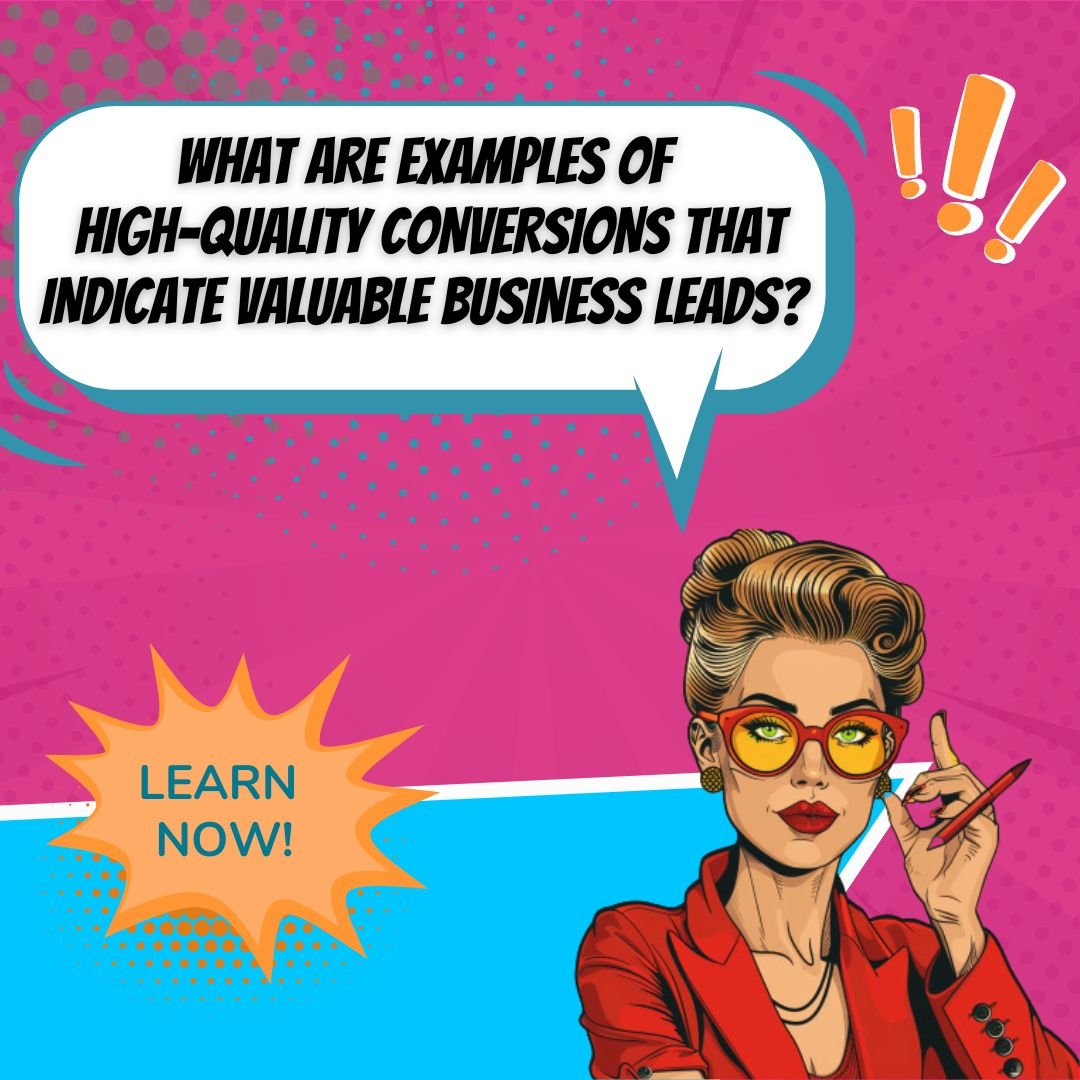
Introduction
How many times have you stumbled upon a website and actually felt compelled to stay, browse, and maybe even purchase? That's the magic touch we call a high-quality conversion. Businesses today are in a constant battle to not only attract eyeballs but to transform casual browsers into loyal customers. And the kicker? What works like a charm for one business might barely make a dent for another.
In this realm of digital marketing, it's not just the number of conversions but the caliber that counts. A real win is when a valuable lead morphs into a satisfied customer. So, how can your business craft a strategy that turns passersby into patrons?
Well, arm yourself with curiosity, for this article promises to pull back the curtain on effective conversion strategies. We'll delve into the success stories of Trucker’s Report and GoCardless, dissect high-converting landing pages, and understand why events like a simple demo booking could signify a potential jackpot.
Ready for the treasure trove of insights and nuggets of wisdom that will help catapult your business into the big leagues? Let's dive into the world of high-quality conversions and uncover actionable strategies to refine your marketing touch.

Top Statistics
| Statistic | Insight |
|---|---|
| Global average website conversion rate: 3.68%. | This rate sets the current industry benchmark for businesses looking to gauge their online success. |
| Landing pages conversion rate of the top 10%: 11.45% or above. | High achievers set lofty goals; knowing what the best are doing can motivate improvement and innovation. |
| Personalized calls-to-action (CTAs) conversion boost: 202%. | Personalization is key to connecting with customers, and a 202% increase can't be ignored for driving sales and engagement. |
| A/B testing among businesses: 60% perform landing page tests. | Pretty straightforward – if you're not testing, you're probably falling behind the bulk of your competition. |
| Customer acquisition vs conversion spend: For every $92 spent on acquiring, only $1 is spent on converting. | This demonstrates a significant imbalance, suggesting a potential missed opportunity in investing more in conversion strategy. |
High-Quality Conversions: A Critical Metric for Success
In the world of digital marketing, high-quality conversions are the holy grail. What sets them apart? These are not just any actions taken by website visitors but those that add genuine value to a business—think of a casual browser who turns into a loyal customer. It’s the end game where strategic design, potent messaging, and an intuitive user experience converge to transform visitors into your business’s advocates. But, how do you know if your website is just attracting passersby or pulling in potential VIPs?

A Look at High-Converting Landing Pages
Let's talk numbers and real stories. Trucker’s Report hit a 79.3% increase in conversions simply by tweaking its headline and redesigning the form. GoCardless saw a staggering 139% conversion boost by switching up the call-to-action (CTA) to something more immediate and engaging. Then, there's Elkjop who, by adding a chatbot, skyrocketed customer satisfaction over 80%. And don't forget, OffSpring literally more than doubled their sales just by making their site friendlier for mobile users. These stories underline a key question: what are the ingredients that make these pages turn visitors into customers so effectively?
Exploring Types of Conversions in Digital Marketing
Conversions come in various forms—downloaded content, made purchases, event subscription, and scheduled demos, among others. They're the tangible results of effective online persuasion. But any marketer worth their salt wonders—what kind of magic draws a customer to not just look but leap? Is it the topic of the content, the urgency of a sale, the charm of an event, or the promise of a personal product demo that makes them click?
How to Optimize for Conversion
A/B testing is not a buzzword; it's a survival tactic in the digital jungle. By pitting one webpage version against another, marketers can discern what resonates with the audience. Then, there's personalization, the art of making each customer feel like the page speaks directly to them. And with more people glued to their phones, mobile optimization can't be ignored—it’s about making every tap and swipe count. High-quality product images also play a crucial role, serving as a trust badge for your visitors. Each of these strategies can be a game-changer, but how do you implement them effectively?
Real-Life High-Converting Product Pages
Imagine a conversion rate of 5-6%—that's what Rent Marquee Lights saw by paying close attention to user behaviors through tools like heat mapping. ConvertFlow harnessed targeted traffic to hit conversion rates of 9-10%, while Tanzanite Jewelry Designs struck gold by providing rich product information, appealing to those making a high-value purchase. It's stories like these that make one ponder—what makes a product page not just good, but gold?

Key Takeaways for Businesses
Tailor your content to your audience's preferences. It's simple yet often overlooked in the race to close a sale. Use headlines and CTAs that pack a punch—they’re your hooks. Optimize for mobile devices—your customers are likely scrolling on the go. Never underestimate the power of a crisp, clear product image. And above all, measure, test, and refine continuously. Digital marketing is an ever-evolving field, always asking, "What can we do better?"
In the quest for customer clicks, the road to high-quality conversions is paved with constant learning and fine-tuning. The benchmarks set by successful companies aren't just for admiration—they're blueprints for action. Will your page be the next one to turn heads and drive numbers through the roof?
AI Marketing Engineers Recommendation
Recommendation 1: Leverage Advanced Lead Scoring Models: To determine High-Quality Conversions for Businesses, employ advanced lead scoring models that evaluate the potential value of each lead based on specific behaviors, engagement levels, and demographic information. Companies that refine their lead scoring criteria with AI-driven analytics have seen a 10% increase in sales opportunities, according to recent marketing statistics. By focusing on leads with higher scores, businesses can prioritize their efforts on those most likely to convert and deliver the greatest return on investment.
Recommendation 2: Implement a Multi-Channel Tracking System: In today's interconnected digital world, understanding the customer journey across various touchpoints is crucial. Incorporate a robust analytics platform that can track conversions from multiple channels — email, social media, web, and offline interactions. For example, businesses using multi-channel tracking have witnessed up to a 24% increase in conversion rates. This comprehensive view helps in identifying Valuable Leads that engage across different platforms, indicating a higher level of interest and potential for quality conversions.
Recommendation 3: Embrace Predictive Analytics for Lead Segmentation: Use predictive analytics tools to segment leads effectively. Both B2B and B2C companies have found that predictive analytics can improve the segmentation process by as much as 51%. By analyzing past behaviors and patterns to forecast future actions, businesses can identify which leads are more likely to become quality conversions. Segmenting these leads allows for more personalized marketing efforts, increasing the chance of conversion and ensuring resources are allocated to the most promising prospects.

Relevant Links
- Boost Conversion Rates with Strategic A/B Testing
- Maximize Your Online Presence with a Strong Digital Footprint
- Optimize for Local Victory with German SEO Mastery
- Leverage Korea’s Mobile Commerce Revolution
- Master Yandex SEO for Ultimate Visibility
Conclusion
What sets apart a bustling business from the one that's just coasting by? Often, it's their ability to identify high-quality conversions. These are not just casual website visits or haphazard clicks; they're the gold nuggets that show real interest and intent from potential customers. Whether it's someone booking a demo, downloading a guide, or splurging on a coveted item, these actions signal a liability that can fuel a business's growth.
Let's take a leaf out of the playbook of some shining examples. Ever thought simply changing a headline could lead to a nearly 80% upswing in conversions? Trucker’s Report and GoCardless didn't just think it; they did it and saw dramatic results. Or how about a chatbot ramping up customer happiness and, likely, their willingness to engage? Elkjop’s experience speaks volumes here.
Yet, these success stories aren't just about bold moves. They're built on tried-and-true practices, like A/B testing to see what truly resonates, personalizing experiences because one size doesn't fit all, or optimizing for mobile because, let’s face it, our phones are extensions of ourselves these days.
Remember Rent Marquee Lights, ConvertFlow, and Tanzanite Jewelry Designs? Their leap in conversion rates wasn't by chance. It was the result of meticulous optimizations, treating every visitor interaction as an opportunity to learn and improve.
So, as you step back into your business’s arena, ponder on this: are your online spaces acting as silent salespeople, effectively converting interest into action? If not, maybe it's time to optimize your game plan. Test, tweak, personalize, and always – always – keep your user's experience front and center. As the stats and stories show, when businesses focus on high-quality conversions, they're not just chasing leads; they're building a foundation for lasting success.

FAQs
Question 1: What is a high-quality conversion?
Answer: When someone visits a website and does exactly what the folks there hope they'll do, like buying something or signing up, it's like a little gold star for the business. That's a high-quality conversion—it's a thumbs up to the team that they're on the right track.
Question 2: What are the key elements of a high-converting landing page?
Answer: Imagine a landing page that's like your best friend—it's clear, trustworthy, and shows you exactly what you need. Well, that's what you want: a page that spells out the perks of the deal, shares glowing recommendations, and maybe even has a cool video for good measure.
Question 3: What is the average conversion rate for a product page?
Answer: The average seems to be about 1.3%, but the real high-flyers, the top 20%, they're hitting over 3.2%. And the crème de la crème, the top 10%, are soaring at rates above 4.8%.
Question 4: How can businesses improve their conversion rates?
Answer: To get more folks hitting that 'buy' button, sprinkle in some stunning photos and videos, tidy up for phone screens, cut the clutter, and make that 'act now' button impossible to miss.
Question 5: What is the role of social proof in conversions?
Answer: Think about the last time you tried a new restaurant because friends raved about it—that's social proof. Customer testimonials and reviews are the business version, giving potential buyers that nudge to say, "Go on, give it a go."
Question 6: How can businesses measure the effectiveness of their conversion strategies?
Answer: To see if they're winning at the conversion game, businesses can keep an eye on the scoreboard – the conversion rates, peek at heat maps to check where people click and hover, and never stop tweaking their game plan based on real data.
Question 7: What are some effective conversion marketing tactics?
Answer: To really nail it, use laser-focused traffic, pick your keywords like you'd pick your battles, sweeten the deal with freebies or sneak peeks, and maybe get a chatbot to chitchat with customers.
Question 8: How can businesses handle and manage leads effectively?
Answer: Divide and conquer! Split up the sales squad so that one team looks after the old faithfuls, and another works on winning over new folks.
Question 9: What types of conversions are valuable for businesses?
Answer: The best kind of conversions are those that open doors: buying straight up, snagging a download, RSVPing to an event, or booking time to learn more. It's all about getting to know the customers and ringing that cash register.
Question 10: How can businesses ensure their website is optimized for conversions?
Answer: Keeping a website primed for action is key. This means constant testing, attention-grabbing CTAs, and making sure that from big screens to the tiniest of phones, everything is smooth sailing for the user.

Academic References
- Holzwarth, M., Janiszewski, C., & Neumann, M. M. (2006). The Influence of Avatars on Online Consumer Shopping Behavior. Journal of Marketing, 70(4), 19-36. In this paper, the authors investigate how the utilization of avatars in online retail settings can potentially transform the shopping experience, foster greater consumer engagement, and subsequently enhance conversion rates.
- McKnight, D. H., Choudhury, V., & Kacmar, C. (2002). Converting Web Site Visitors into Buyers: How Web Site Investment Increases Consumer Trusting Beliefs and Online Purchase Intentions. Journal of Marketing, 70(2), 133-148. Within this study, McKnight and colleagues provide evidence that strategic investment in a website’s features and functionalities significantly builds consumer trust and catalyzes the likelihood of online purchasing, thus positively impacting conversion rates.
- Berman, R., & Katona, Z. (2022). Developing a Conversion Rate Optimization Framework for Digital Retail. Journal of the Academy of Marketing Science. This research introduces a comprehensive framework aimed at digital retailers, pinpointing critical customer engagement points that influence sales, and suggesting targeted marketing strategies to optimize conversion rates effectively.

